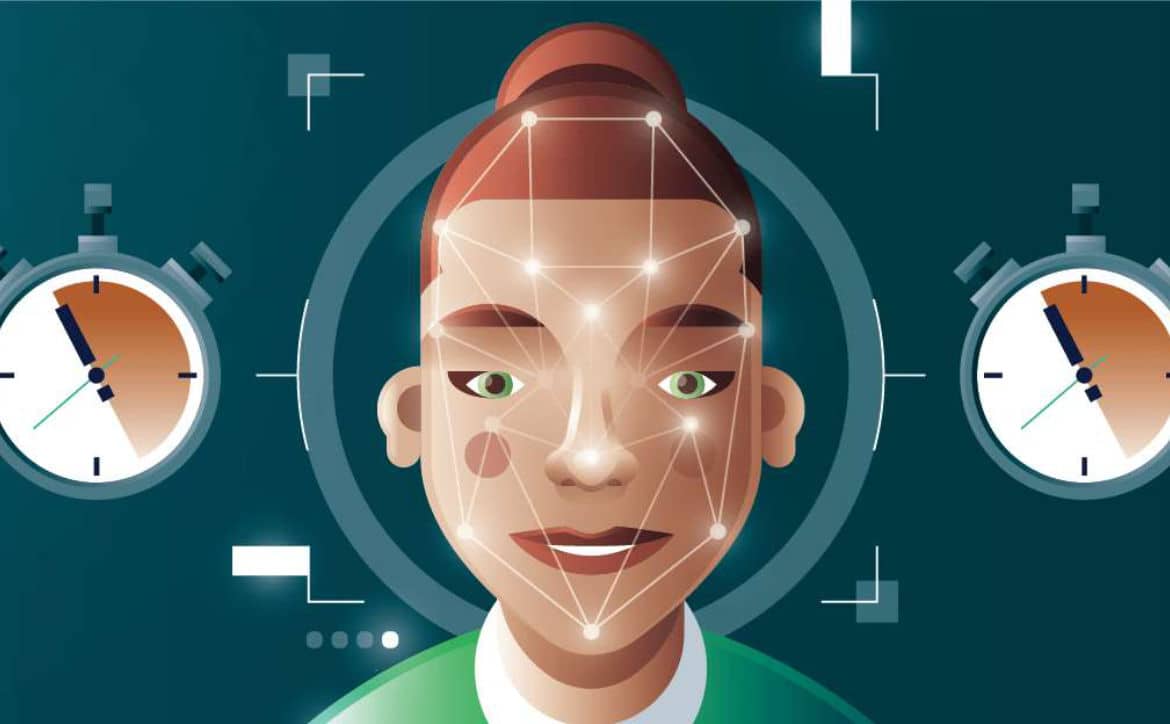Remote work has become more popular recently, with experts predicting that 22% of the workforce will work remotely by 2025. 22% of remote workers have reported being happier at work, while 30% acknowledged being more productive and engaged. The benefits have led to almost 50% of businesses saying that remote work is here to stay.
Estimated reading time: 2 minutes
Nonetheless, the loss of work/home boundaries and long hours associated with remote work has produced new challenges. 75% of remote workers have experienced stress and burnout at work, with 43% being more likely to work over 40 hours a week. Others have expressed working longer hours than before and finding it difficult to unplug from their jobs due to the lack of boundaries.
Remote work has led to some cases of disorganization that lowered productivity and increased stress. Other cons include project management delays, lower work quality, and distractions that compete for your attention, making it harder to get tasks done. Most Americans felt better after stepping away from their computer, like during lunch, even for a short period.
Automatic time tracking systems could help improve remote work by helping employees track their long-term progress, prioritize what’s most important, and more during work. Time-tracking technology can help businesses gain transparency into work processes, increase accountability, know where resource demand is the highest, and track where the budget gets burned.
Many managers are concerned that remote working may reduce employee productivity and focus. In fact, employees spend up to four hours a week on unproductive tasks, including calls and meetings that ultimately don’t lead to the progression of work. 60% of companies with remote employees use monitoring software to track employee activity and productivity. This includes anything from note-taking and timesheets to remote monitoring.
Facial recognition technology can improve time tracking without distracting employees from their tasks or adding to your workload. This technology can be used anywhere and works on various devices or web browsers. Anti-spoof detection means facial recognition can’t be fooled by a photo, lookalike, or similar tricks. It is also backed by artificial intelligence and machine learning.
Using facial recognition for time tracking provides a remote workforce with more productive time and less busy work.

What do you think of remote work? Please share your thoughts on any of the social media pages listed below. You can also comment on our MeWe page by joining the MeWe social network. Be sure to subscribe to our RUMBLE channel as well!










